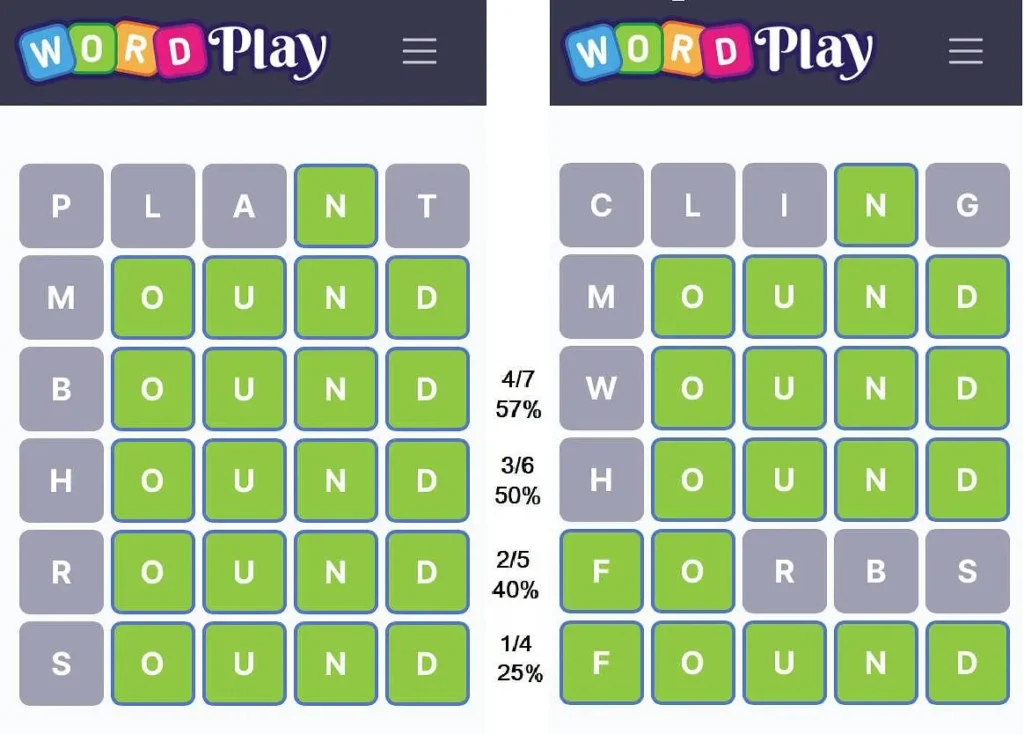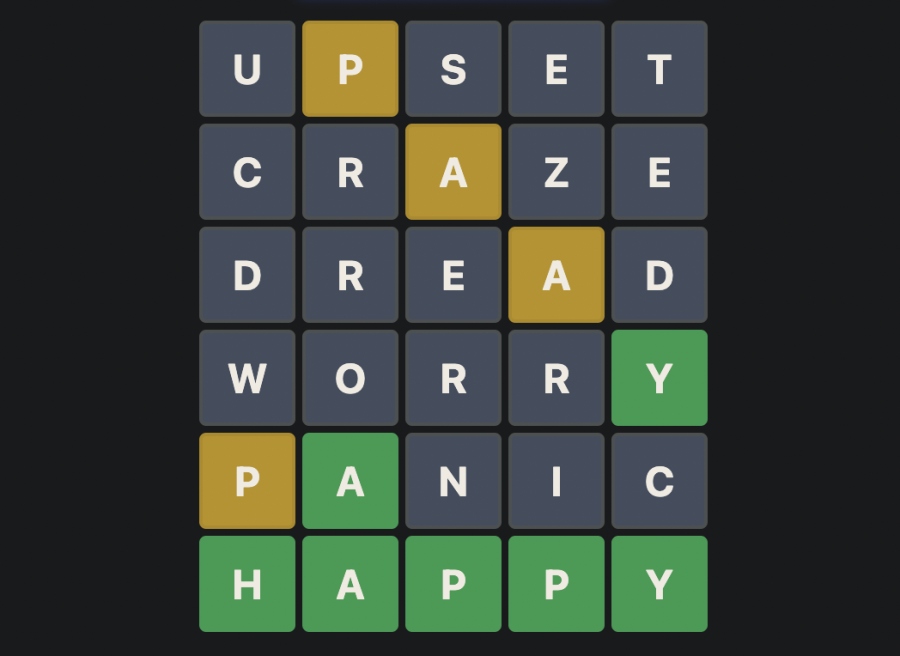Cladder, the linguistic jesters, challenge norms like countercultural movements did (Heardle 60s). They craft contradictions, bridging gaps in language and thought, echoing in everyday life. Just as squareword puzzles intrigue (Squareword Puzzle), cladders intrigue us, urging a dance of wit and wisdom in words.
Embracing Linguistic Paradoxes: Exploring the World of Cladders
When it comes to the realm of linguistics, there’s a term that might just leave you scratching your head in puzzlement – “cladder.” Yes, you read that right. Cladder! It’s one of those enigmatic words that seem to have slipped through the cracks of common vocabulary, but fear not, dear reader, for we’re about to dive headfirst into the whimsical world of cladders and uncover the linguistic secrets they hold.
The Cladder Unveiled: What in the Word is it?
A cladder, my friends, is a linguistic riddle wrapped in a conundrum and tied with a bow of wordplay. It’s a term that’s so niche, it practically sings “contradiction” in its sleep. A cladder is a word or phrase that contradicts itself, leading to a whimsical blend of meaning that can leave even the most adept wordsmith chuckling. Imagine saying something like “jumbo shrimp” or “deafening silence.” These are prime examples of cladders – word combinations that dance between opposites, making us do a double-take.
Playing with Fire and Water: The Art of Claddering
Creating a cladder is akin to walking on a tightrope between the profound and the absurd. It’s about bending language in ways that tickle the imagination while challenging our understanding. Think about “bittersweet” or “random order.” These terms play with our expectations, serving as a linguistic reminder that life isn’t always black and white, and neither are our words.
Now, you might wonder, “Why on Earth would anyone coin a term like ‘cladder’?” Well, that’s where the linguistic enthusiasts come into play. Just like how the countercultural movement of the 1960s questioned societal norms (remember Heardle 60s?), cladders shake up linguistic norms, challenging us to see language in a new light.
Squareword Puzzles and Cladders: A Curious Connection
Speaking of challenging norms, have you ever heard of the intriguing Squareword Puzzle? While seemingly unrelated, these puzzles and cladders share a common thread – the love for linguistic intricacies. Just as squareword puzzles twist and turn letters to create a linguistic dance, cladders tango with words to concoct contradictions that leave our minds astir.
Navigating the Cladder Wonderland: A Few Gems
Let’s take a delightful stroll through the cladder wonderland, shall we? Brace yourself for some linguistic marvels:
- Virtual Reality: An exploration of the cladder “virtual reality” takes us on a journey through the realms of the mind and the digital, where the unreal becomes all too real.
- Original Copy: This cladder is a paradox wrapped in a paradox, signifying a copy that’s inherently authentic.
- Act Naturally: Here, we’re nudged to ponder the balance between authenticity and performance, leaving us both amused and contemplative.
Embracing the Cladder Quirk: Why We Love Them
So, why do we, as language enthusiasts, revel in the charm of cladders? Well, it’s the very quirkiness that draws us in. Just like the countercultural movements of yore sought to challenge societal norms, cladders challenge the norms of language, injecting a dose of whimsy into our communication. They remind us that language is a living, breathing entity – one that’s flexible, contradictory, and endlessly fascinating.
The Paradox of Cladders: Uniting Through Contradiction
In a world where words often draw lines between meanings, cladders have a peculiar way of uniting us. They show us that contradictions can coexist, and in that coexistence, lies a bridge between seemingly opposing ideas. Just as the countercultural movements of the past aimed to unite diverse voices (Heardle 60s), cladders unite linguistic concepts that might seem at odds.
Embracing the Cladder Quirk: A Linguistic Tango
As we delve deeper into the realm of cladders, it becomes evident that their charm lies in their ability to playfully tango with our linguistic expectations. They are the linguistic rebels that sidestep the mundane and leap into the world of paradoxes, creating a symphony of contradictions that both baffle and delight.
A Dance of Wit and Wisdom
Imagine a world where silence roars, where darkness is blinding, and where chaos finds order. Cladders thrust us into this world, urging us to ponder the complexity of language itself. These wordplay wonders remind us that words are not just vessels for communication but also vessels for thought – containers that hold multiple dimensions of meaning.
A Nudge from the Past: Countercultural Echoes
Just as the countercultural movements of the 1960s challenged the norms of society and politics, cladders challenge the norms of language. The echoes of the past (Heardle 60s) resonate in the linguistic rebellion of cladders, inviting us to question the rigidity of linguistic boundaries and explore the liminal spaces where contradictions coalesce.
Unraveling the Cladder Tapestry
Let’s pull on the thread of cladders a bit more and see what unravels:
- Seriously Funny: Is something seriously funny or amusingly serious? This cladder dances between mirth and gravity, reminding us that life is a blend of emotions.
- Open Secret: This phrase waltzes between confidentiality and disclosure, showcasing how a secret can be both veiled and revealed.
- Small Crowd: Here, the cladder partners “small” and “crowd” in a way that tickles our intellect. How can a crowd be small? Well, in the world of cladders, it’s entirely possible!

Unlocking Creativity: The Cladder Effect
The world of cladders extends an invitation to unleash our creativity. It encourages us to think beyond the boundaries of convention and embrace the beauty of contradiction. Just as the squareword puzzle invites us to rearrange letters (Squareword Puzzle), cladders invite us to rearrange our perceptions, leading to innovative ways of expression and understanding.
The Yin-Yang of Language: Finding Harmony in Opposition
Much like the Yin-Yang symbol, where opposite forces complement and balance each other, cladders find harmony in linguistic opposition. They remind us that words are not just tools for communication but also vehicles for artistic expression. The countercultural movements of the past aimed to bring balance to societal norms (Heardle 60s), and cladders strive to balance the scales of language itself.
A Final Encore: Celebrating Cladders
In the grand performance of language, cladders take center stage with their whimsical contradictions and linguistic dances. They are the jesters of words, the paradoxical poets, and the enigmatic orators. Just as a squareword puzzle challenges our perception of language (Squareword Puzzle), cladders challenge our understanding, coaxing us to unravel their paradoxes.
So, let’s raise a toast to the cladders – the linguistic gems that remind us of language’s fluidity, contradictions, and endless possibilities. As we embrace these wordplay wonders, let’s revel in the linguistic tango they offer, where contradictions converge, and meaning takes on new dimensions. In the world of cladders, language defies expectations and invites us to celebrate the delightful dance of words.
The Cladder Chronicles: Writing the Next Chapter
As we embark on a journey to write the next chapter in the saga of cladders, it’s important to recognize their enduring appeal and the impact they have on our linguistic landscape. Just like countercultural movements shaped the course of history (Heardle 60s), cladders continue to shape our relationship with language, inviting us to engage in a playful dance of contradictions.
Beyond Words: A World of Interpretation
Cladders serve as gateways to a world of interpretation. They remind us that language is not a static entity but a living, breathing organism that adapts and evolves. Just as the countercultural enigma of the 1960s challenged the status quo, cladders challenge the rigidity of linguistic norms, allowing us to explore the spaces between meaning and unravel the layers of complexity they hold.
Cladders and Connectivity: Bridging the Gap
In a world that often emphasizes divisions, cladders possess a unique ability to bridge the gap between opposing ideas. They remind us that life is not just a series of black-and-white choices but a spectrum of possibilities. Just as a squareword puzzle challenges us to see familiar letters in new ways (Squareword Puzzle), cladders challenge us to see familiar words in new lights, fostering a deeper sense of connectivity.
Crafting Cladders: The Artistry of Language
Creating cladders is a feat of linguistic artistry, akin to composing a symphony of contradictions. It’s a delicate balance of wit, wordplay, and imagination. Like skilled artisans, those who craft cladders invite us to question assumptions and embrace the unexpected. Just as the countercultural movements of the past reshaped societal narratives (Heardle 60s), cladders reshape linguistic narratives, encouraging us to think beyond the ordinary.
The Legacy of Laughter: Cladders in Everyday Life
In the tapestry of our lives, cladders are the threads that weave moments of joy and laughter. They punctuate our conversations with a touch of whimsy and inspire us to find humor in the nuances of language. Just as a squareword puzzle challenges us to solve linguistic conundrums (Squareword Puzzle), cladders challenge us to engage our minds in playful contemplation.
A Call to Adventure: Exploring the Cladder Universe
Dear reader, as we conclude this exploration of cladders, I invite you to embark on your own linguistic adventure. Dive into the world of contradictions, discover the hidden meanings within seemingly opposing words, and relish the moments of delightful bewilderment. Just as the countercultural movements of the past reshaped perceptions (Heardle 60s), cladders reshape the way we interact with language.
So, whether you find yourself pondering the paradoxes of “clearly confused” or chuckling at the whimsy of “pretty ugly,” remember that cladders are a testament to the malleability of language and the boundless creativity of the human mind. They invite us to dance with contradictions, to challenge norms, and to revel in the beauty of linguistic enigma.
As you navigate the labyrinth of cladders, remember that the journey is as important as the destination. Just as a squareword puzzle challenges us to piece together fragments of letters (Squareword Puzzle),. Cladders challenge us to piece together fragments of meaning. Which leading us to a deeper understanding of the intricate tapestry that is language. So go forth, dear wordsmith, and let the cladder universe be your playground of paradoxes and possibilities.
In Conclusion: The Cladder’s Last Laugh
As we navigate the labyrinthine landscape of language, let’s not forget the humble cladder. This linguistic oddity adds a touch of playfulness to our conversations. Inviting us to challenge assumptions and explore the nooks and crannies of meaning. Just like a squareword puzzle challenges us to rearrange letters and discover new words (Squareword Puzzle). Cladders challenge us to rearrange our thoughts and embrace contradictions.
So, the next time you encounter a cladder, embrace the contradiction, relish the quirk. And celebrate the enigmatic dance of words that leaves us all with a hearty linguistic chuckle. After all, in the world of cladders, the only constant is delightful contradiction itself!

